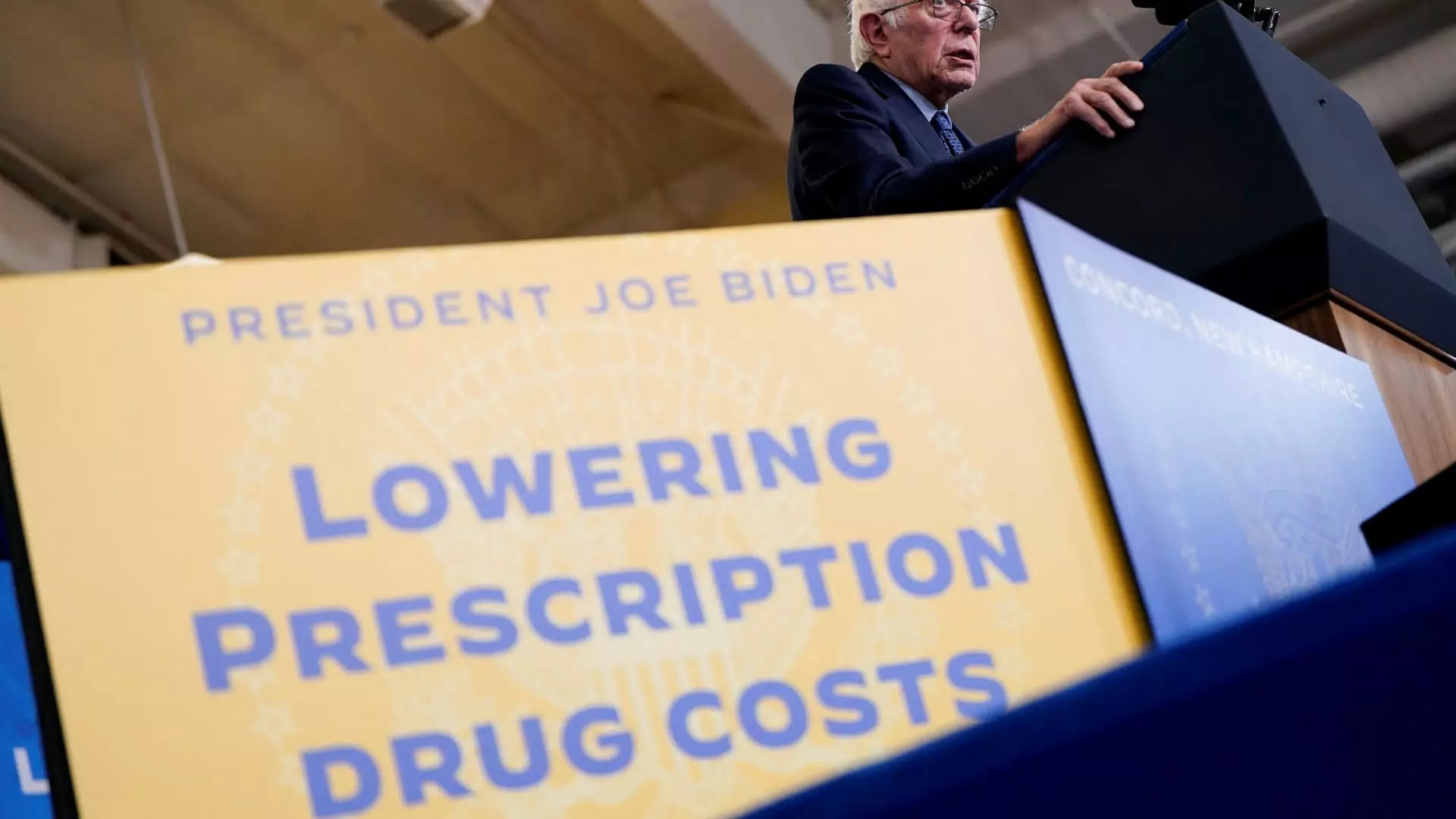In a significant shift in healthcare policy, the new $2,000 out-of-pocket spending cap for Medicare prescription drugs stands to transform the financial landscape for older adults and other vulnerable populations across the United States. This policy, initiated at the beginning of 2023 under the Inflation Reduction Act championed by President Joe Biden, promises substantial savings for Medicare beneficiaries, many of whom previously endured prohibitive expenses for life-saving medications. The findings from a recent AARP report indicate that this cap will likely alleviate the burden on millions of seniors struggling with chronic and acute health conditions, providing a crucial safety net for those managing expenses associated with high-cost drugs.
The Financial Burden of Prescription Medications
Historically, American patients, particularly seniors, have faced exorbitant costs for prescription medications, with expenditures often two to three times higher than those in other developed nations. This disparity places immense financial strain on a demographic that primarily lives on fixed incomes, thereby necessitating hard choices between essential medications, daily needs, and other living expenses. Conditions like cancer, rheumatoid arthritis, and other chronic illnesses compound this issue, often requiring ongoing treatment and therefore escalating costs. The introduction of the $2,000 cap seeks to remedy a systemic issue that has persisted for decades, ensuring that vital medications remain accessible to those who need them most.
Projected Savings and Broader Implications for Medicare Beneficiaries
According to AARP’s analysis, an impressive 94% of over one million Medicare Part D beneficiaries projected to reach the cap by 2025 will experience a reduction in their total out-of-pocket costs. The anticipated savings, averaging around $2,474 per beneficiary, represent a significant 48% reduction in out-of-pocket expenditures. Such savings can dramatically enhance quality of life for these individuals, allowing them to redirect funds towards other critical necessities, including food, housing, and healthcare. Interestingly, while rising premiums may present a concern for some, it is essential to recognize that the reduction in out-of-pocket spending will, in many cases, outweigh these increases, ultimately leading to overall financial relief for the majority.
Despite the positives, the reality of rising premiums complicates the narrative surrounding the implementation of the cap. AARP officials have highlighted that the downward shift in medical costs linked to the first ten drugs slated for Medicare negotiation won’t take effect until 2026, leading to an initial increase in premiums. Some critics may mischaracterize these changes as failures or flaws in the new policy. However, understanding that these initial hikes in premiums are a temporary burden posed against the backdrop of potential future savings is crucial. Once the negotiated price reductions roll out, beneficiaries are expected to enjoy even more significant financial relief.
The Larger Picture: Medicare’s Sustainability and Accessibility
The broader implications of implementing this out-of-pocket cap extend beyond individual savings; the policy may also enhance the overall sustainability of Medicare. As the program adapts to a new framework of negotiated pricing and cost-sharing strategies, it will increasingly operate as a more financially efficient system. More than 3.2 million Medicare recipients are expected to benefit from the out-of-pocket cap by 2025, with projections suggesting this figure could grow to 4.1 million by 2029. As additional reforms are rolled out, the program will likely shift towards fostering a more equitable and accessible healthcare environment.
The implementation of the $2,000 out-of-pocket cap for Medicare drugs signifies a landmark achievement in the fight for affordable healthcare. While challenges remain regarding premium effects and the overall negotiation landscape, the potential savings and positive outcomes for millions of seniors cannot be understated. The cap not only represents a crucial step towards financial relief for Medicare beneficiaries but also an essential move toward equity in healthcare access. As the policy settles into the fabric of the existing Medicare system, it will be vital to monitor its impact closely, ensuring that vulnerable populations continue to benefit from legislative efforts aimed at reducing the financial burden associated with prescription medications.

